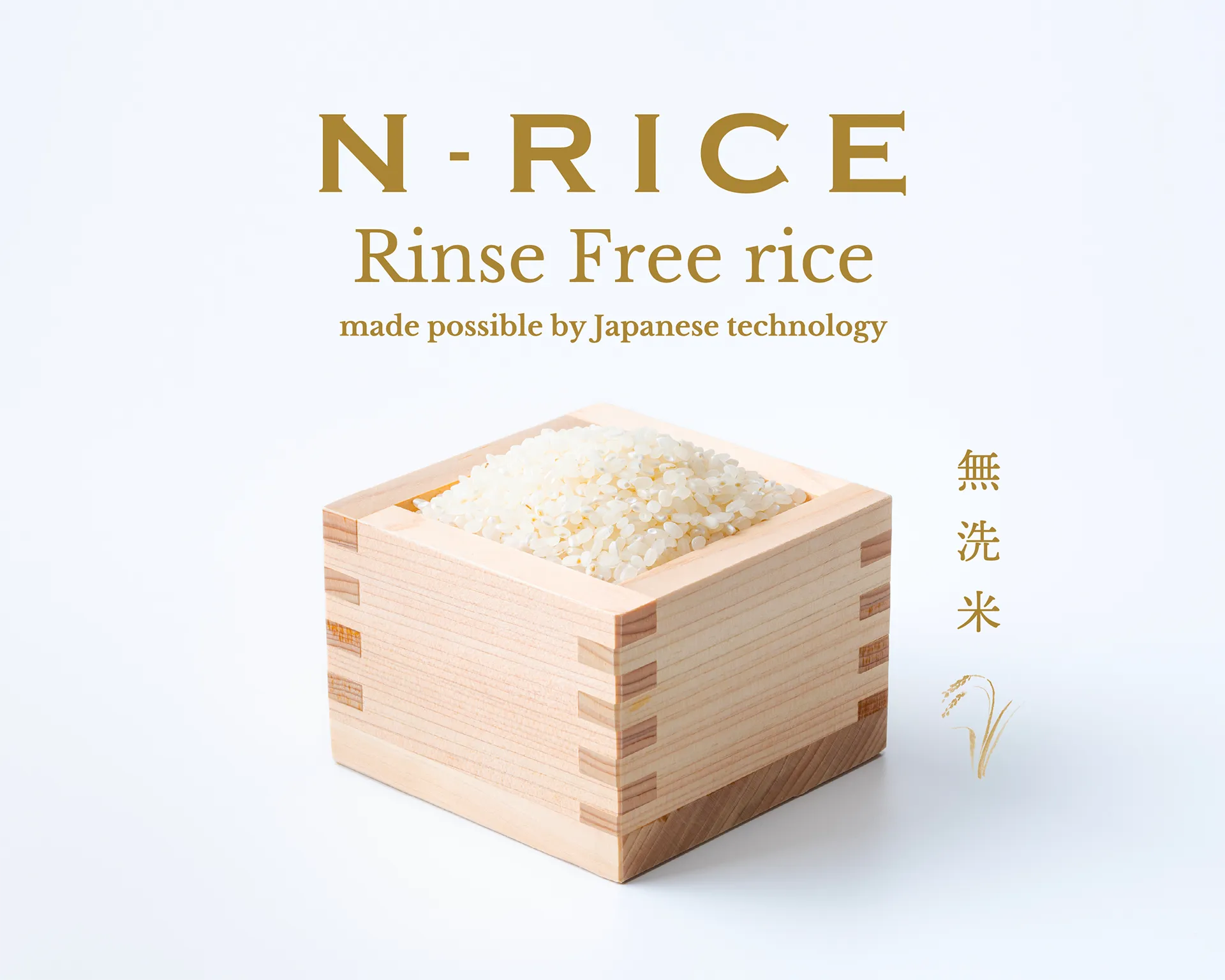“Why does Japanese rice need to be washed?”Anyone who has cooked Japanese rice might have wondered about this at least once.These questions are often asked by customers at supermarkets, restaurants, and eateries.With the desire offer Japanese rice more conveniently and easily, we succeeded in using Japanese technology to develop “Rinse free rice.”
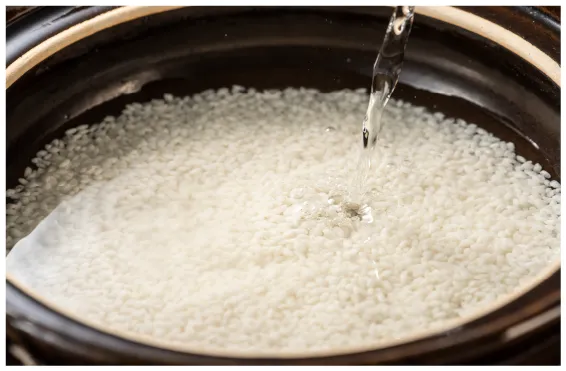

What is Rinse Free rice?
Rinse Free rice refers to rice in which its original sticky surface layer, called “hada-nuka”, has been removed at the factory. Regular white rice is processed by removing the bran and germ from brown rice. However, as “hada-nuka” still remains on its surface, it needs to be rinsed at home. In the case of Rinse Freerice, this hada-nuka is also removed at the factory, which makes it unnecessary to rinse at home.N-Rice’s Rinse Free rice that retains only the umami layer
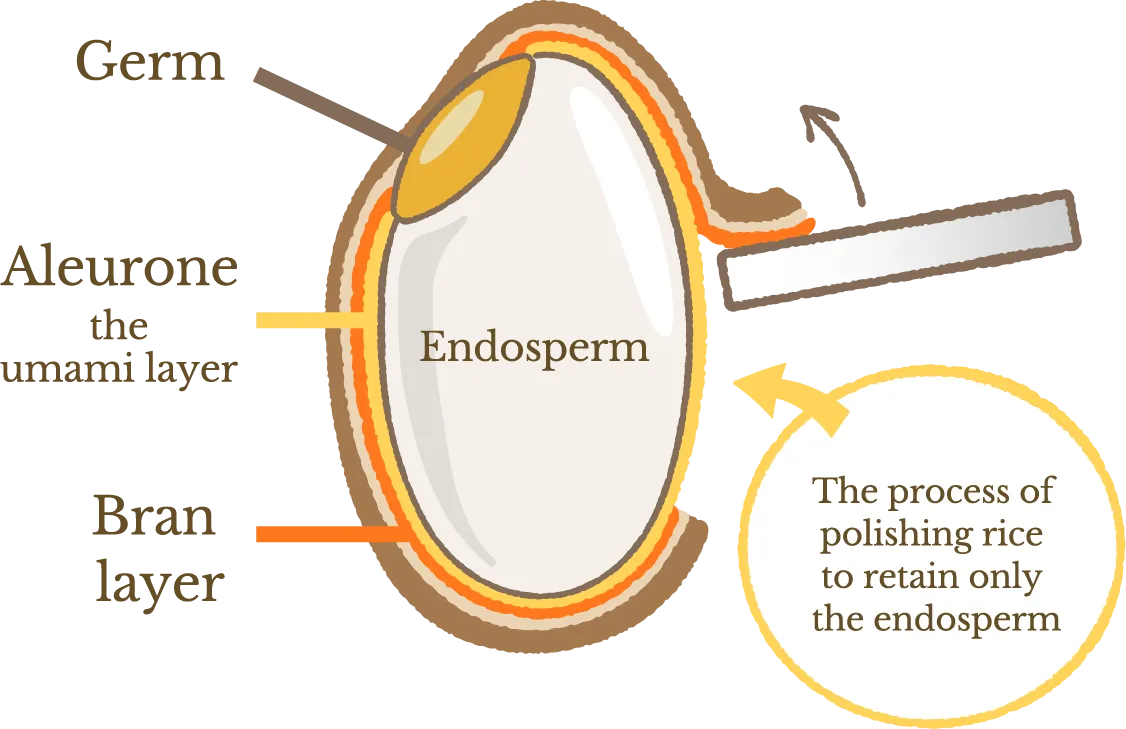
N-Rice technology
Uses special technology to mill rice while leaving only the umami layer
While there are rice products that don’t require washing, they often wash away all the bran so that the washing process can be eliminated.In this case, they would also remove what is called the umami flavor, which holds flavor and nutrients.Therefore, N-Rice introduced the technology of its parent company in Japan, with a history of over 70 years, to complete a Rinse Free rice product that retains only the umami layer.Thanks to this Japanese technology, a Rinse Free rice has been developed while retaining the umami layer and saved the trouble of washing rice before cooking.
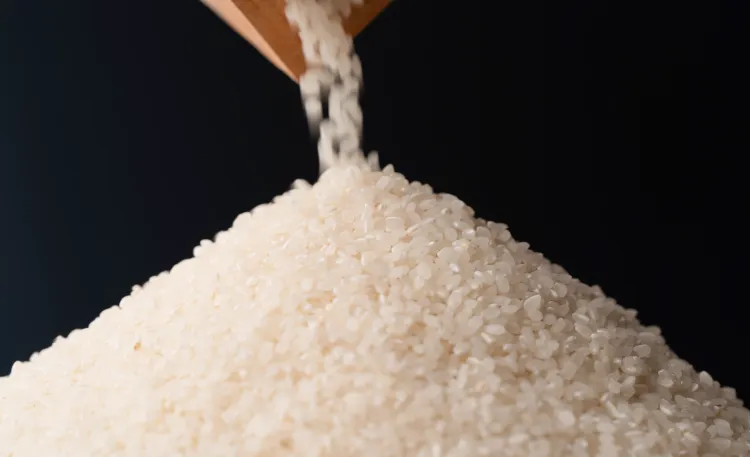
Benefits of Rinse Free rice
that combines deliciousness and convenience

Reduced cooking time
Saving the time to wash the rice reduces the time and effort required to cook it.
Saving on water bills
For Rinse Free rice, you just need to add water or rinse lightly. It also saves you on water bills, as you don’t have to change water multiple times.
Larger volume
Since Rinse Free rice has bran removed from the surface, the amount of Rinse Free rice may be more than that of regular white rice, even when they are the same weight. The difference can be as much as 8g per cup.
Less loss of nutrients
Rinse Free rice, which doesn’t require rinsing, reduces the loss of nutrients like water-soluble vitamins and minerals.Eco-friendly appeal of Rinse Free rice
Reduced risk of water pollution

Bran reuse
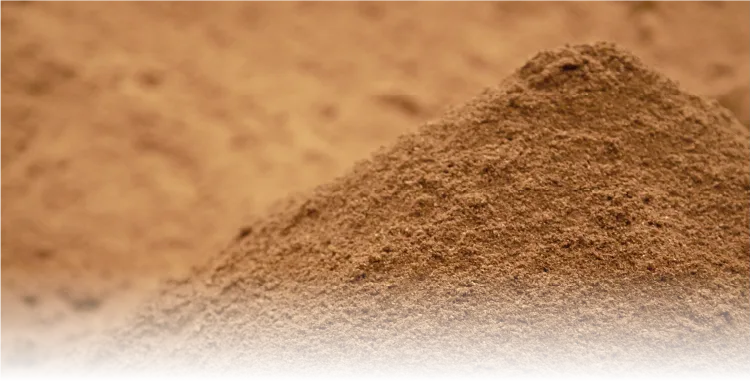
CO2 emission reduction




